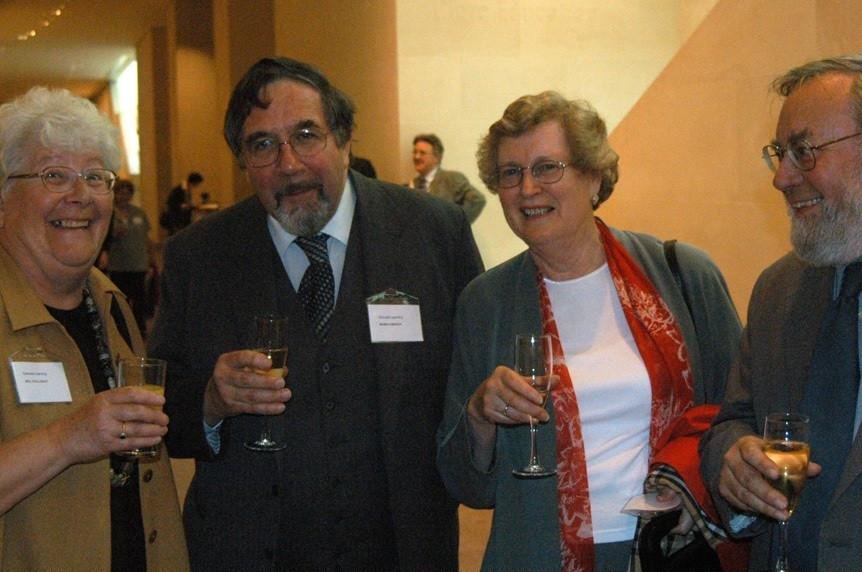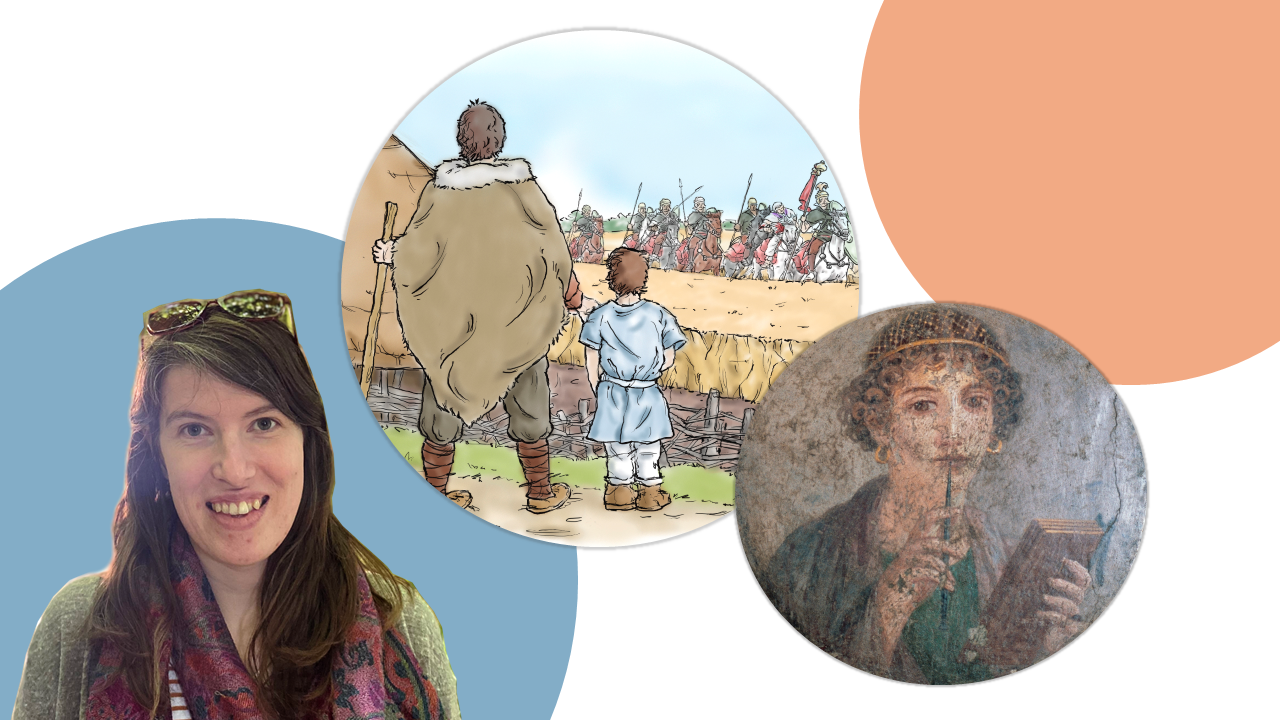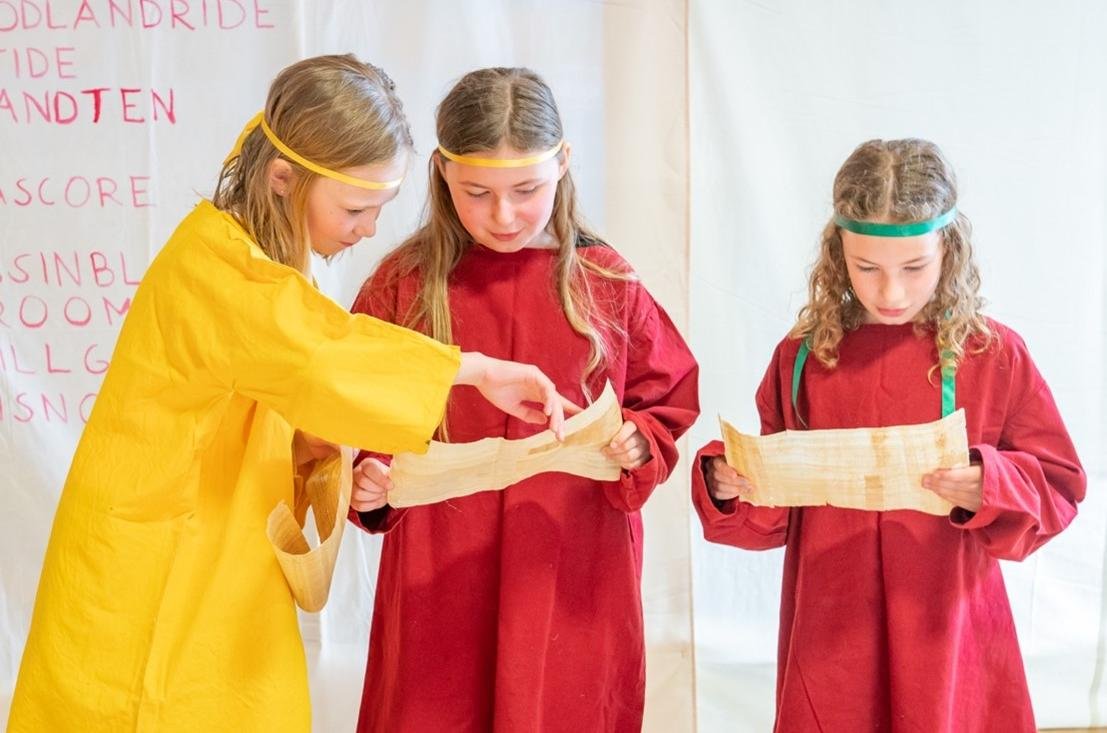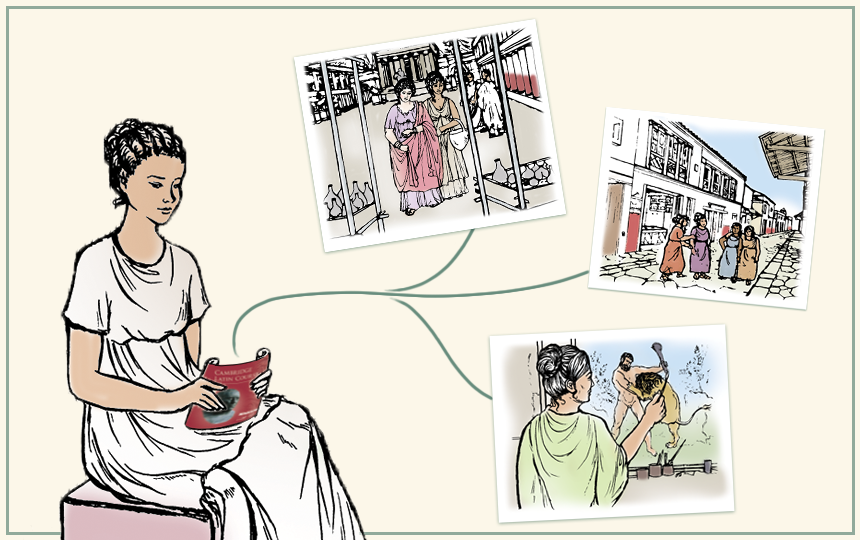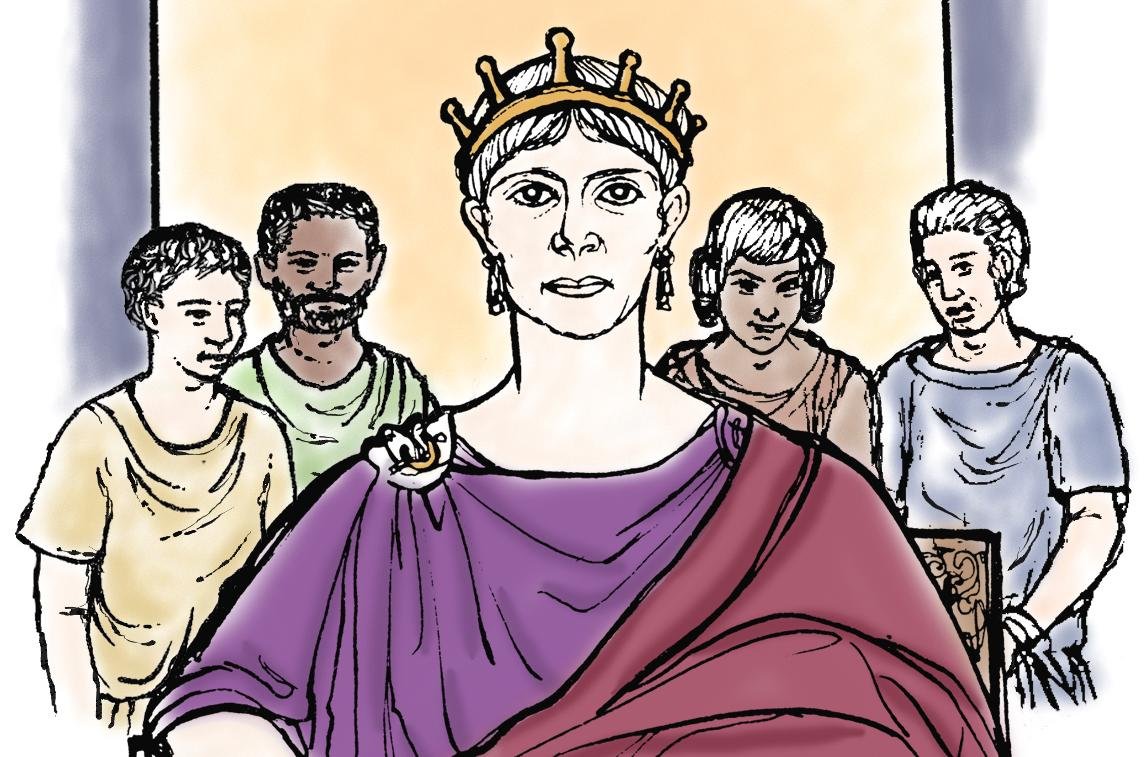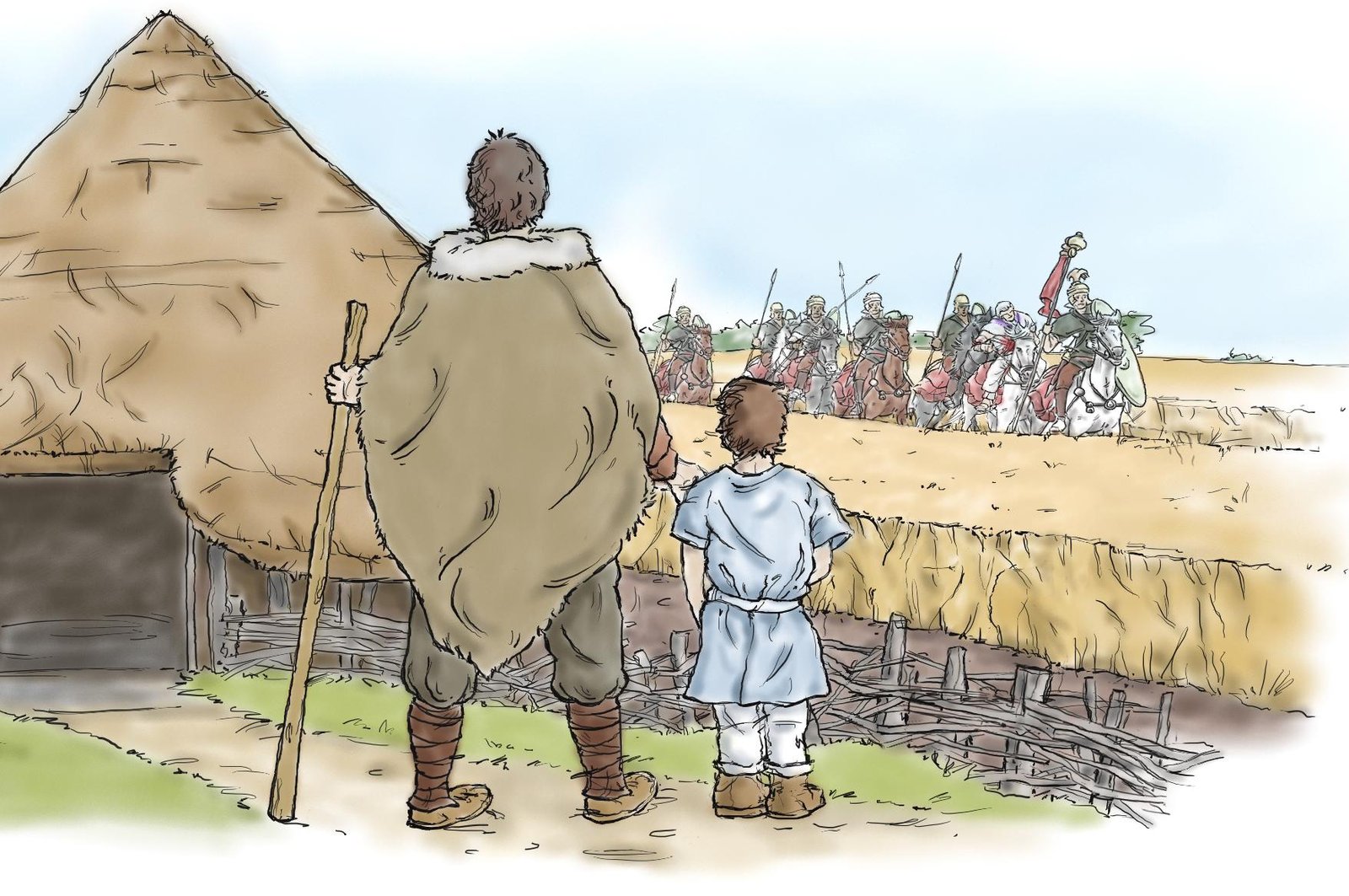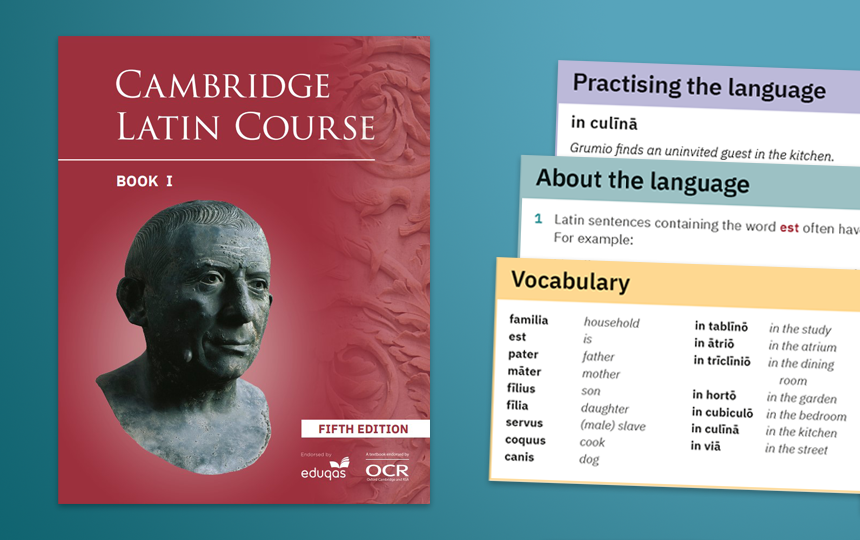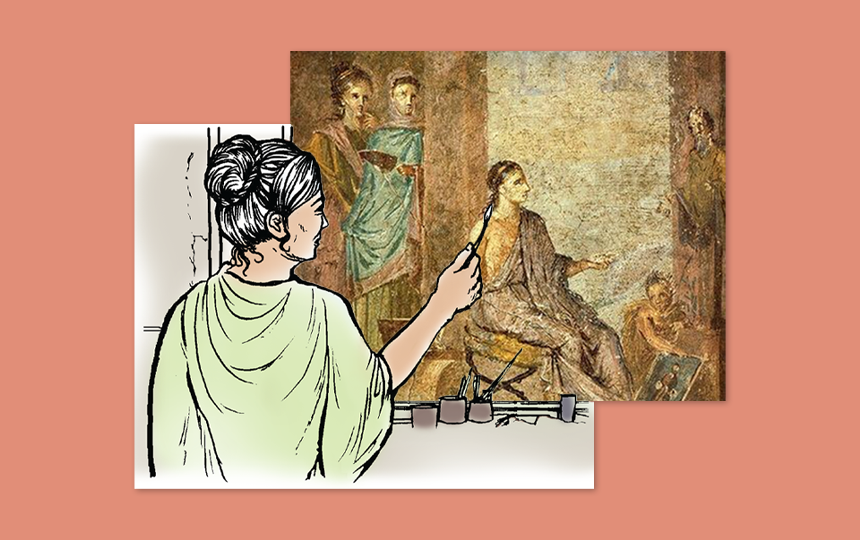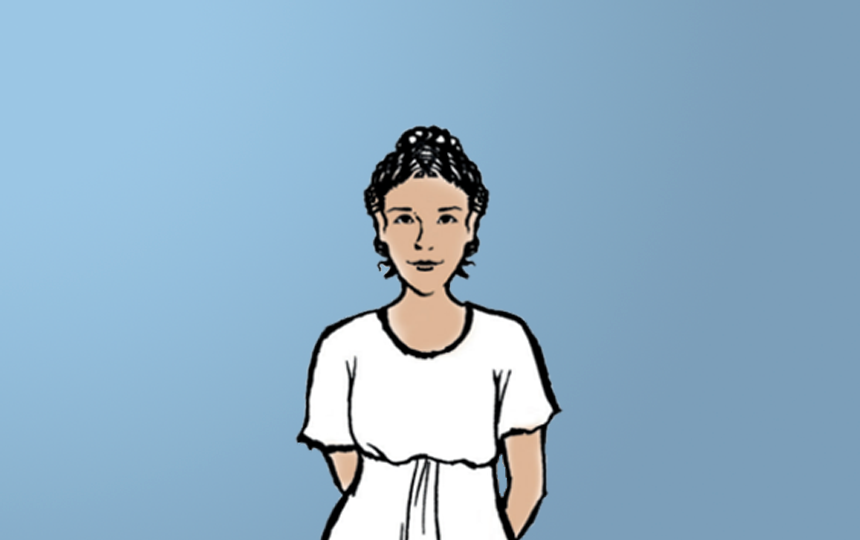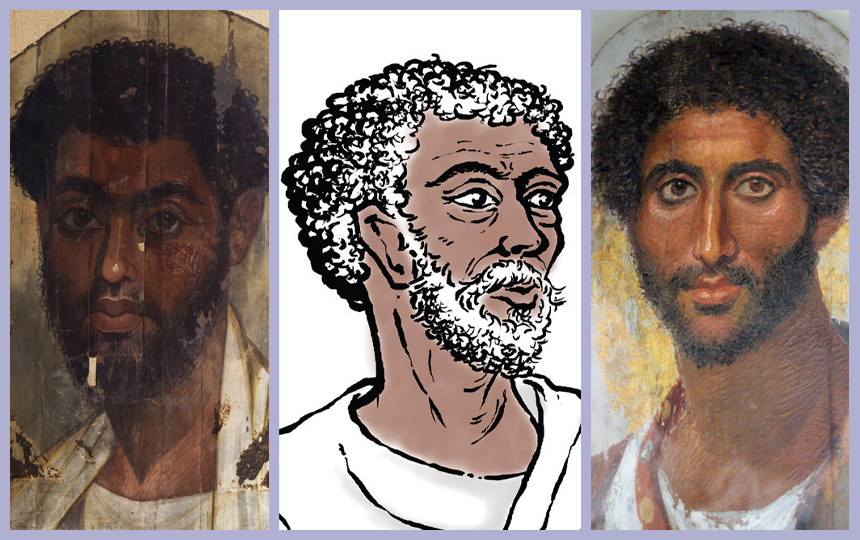valē, Pat Story
We were deeply sorry to hear of the passing of ex-Director Pat Story, who remained an active part of the CSCP familia right up until her death at the age of 93. Here current Director Caroline Bristow reflects on Pat’s extraordinary contrubutions to classrooms around the world. Jill Dalladay, Robin Griffin, Pat, and Roger Dalladay at the launch … Read more

